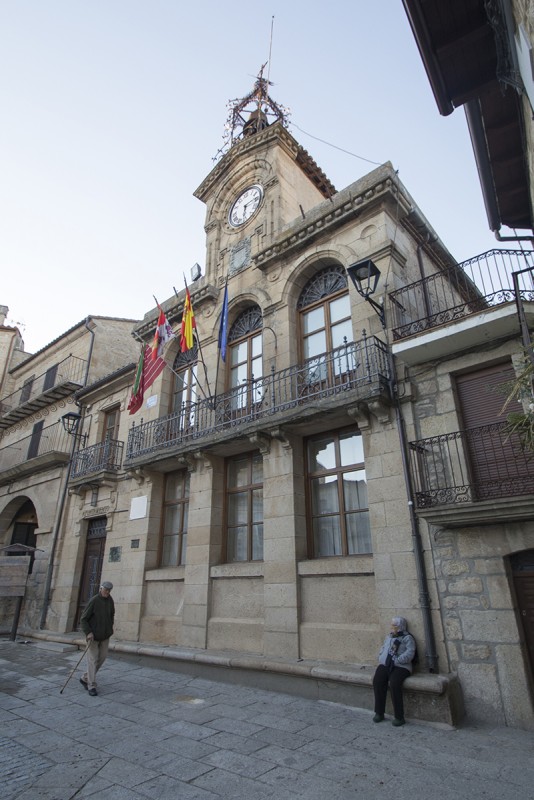Fermoselle and Its Surroundings
Known as ‘the balcony of the Duero’ or ‘the capital of the Arribes del Duero’ due to the incredible views it offers from practically any point in the town, it was declared a Historic-Artistic Site in 1974.
Located in the region of Sayago, the town of Fermoselle is set against the backdrop of the spectacular, winding topography of Los Arribes del Duero. Known as ‘the balcony of the Duero’ due to the incredible views it offers from practically anywhere in the town, it was declared a Historic-Artistic Site in 1974 and is now a leading tourist destination.
Its history dates back more than two millennia, to the pre-Romanesque period, traces of which still remain from Celtic times. Belonging to Zamora since 1205, the year in which Alfonso IX of León issued his concession, thanks to its border location and its privileged position on the River Duero, Fermoselle enjoyed many monarchical privileges until it finally became part of the province of Zamora.
Today, it has traditional buildings and a unique urban layout of steep streets which, in certain areas, become a labyrinth of architectural nobility. Its historic centre takes you back to the Middle Ages thanks to its granite and stone houses, its small, steep stairways and its religious heritage.
A natural paradise where you can lose yourself in its numerous hiking trails, its terraced slopes where the locals have planted their vegetable gardens and vineyards, its fantastic viewpoints over the Arribes and all the historical, natural and religious culture that seems to envelop Fermoselle.
Also famous are its San Agustín festivities, which include bull runs (dating back to 1523) through its winding, narrow streets.
A unique and privileged place where you can enjoy all kinds of entertainment as well as taste its exquisite Sayaguesa beef and its D.O. Arribes wine.
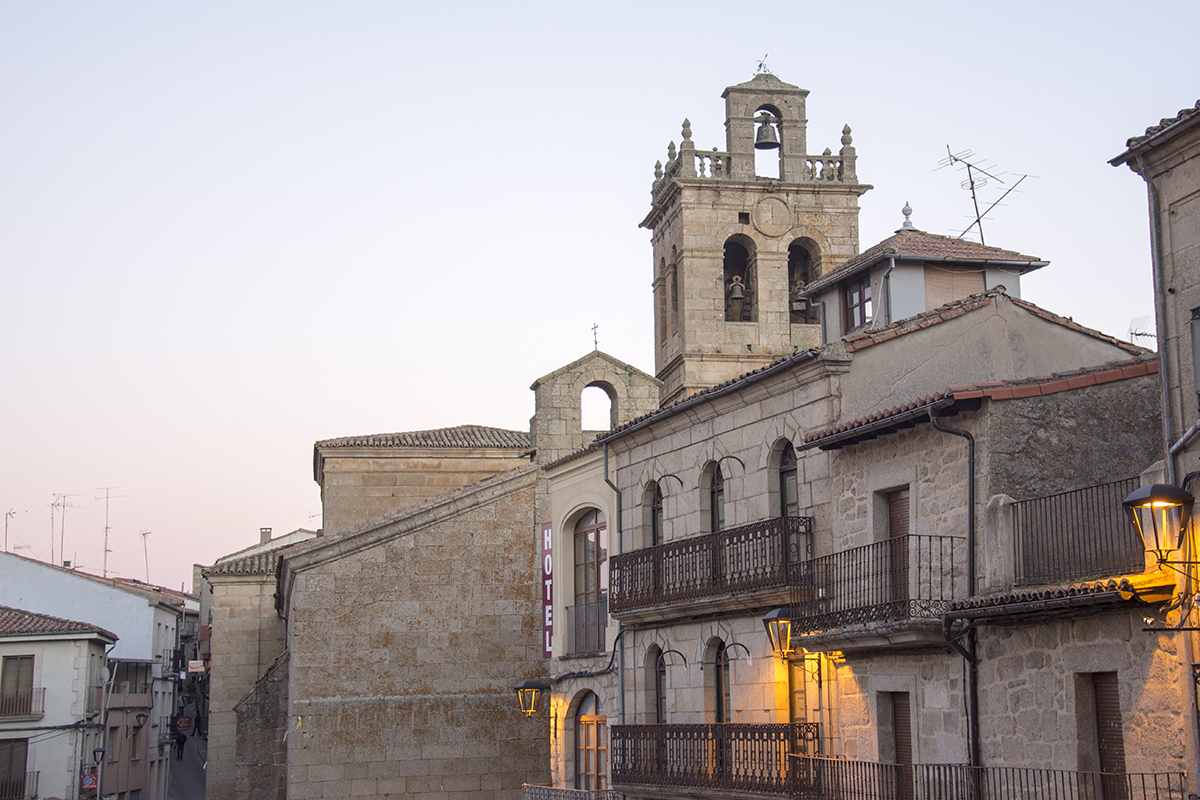
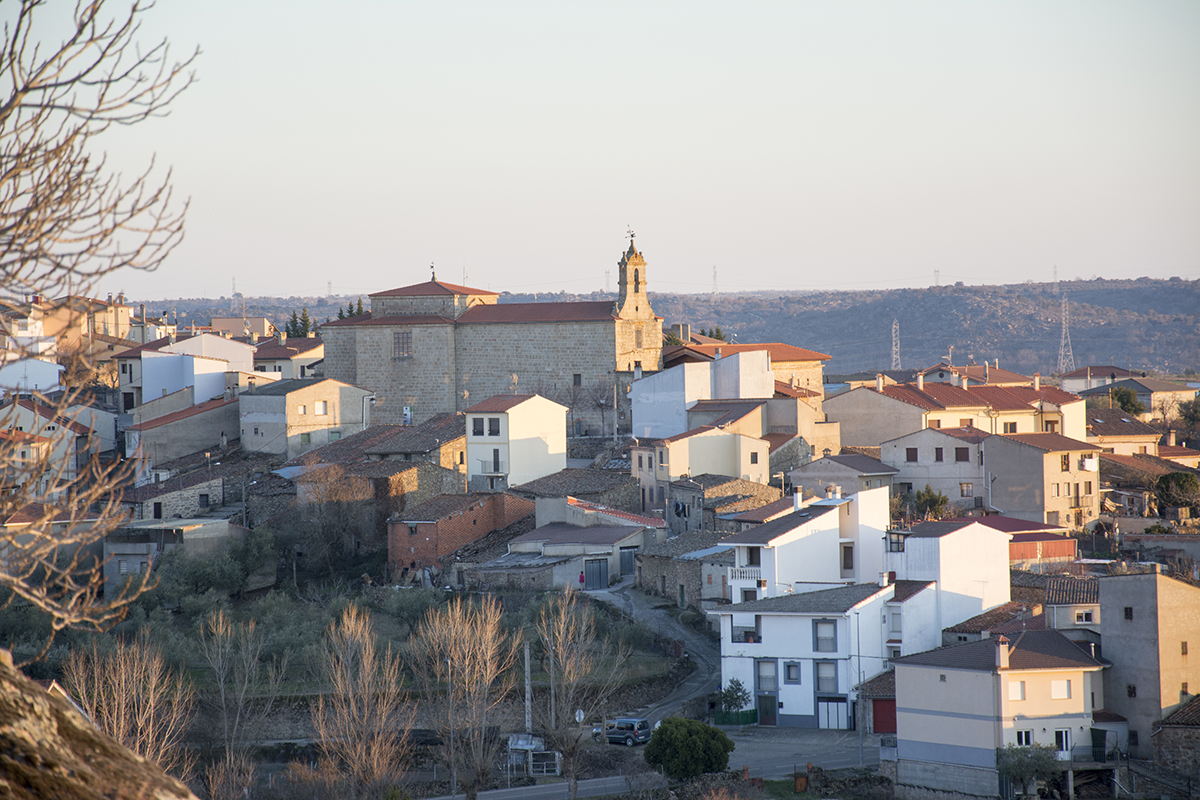

Chapel of Soledad
A 13th-century Romanesque chapel with a door featuring curious human-head-shaped modillions, which leads to the local cemetery. Next to it are stone crosses belonging to an ancient Way of the Cross.
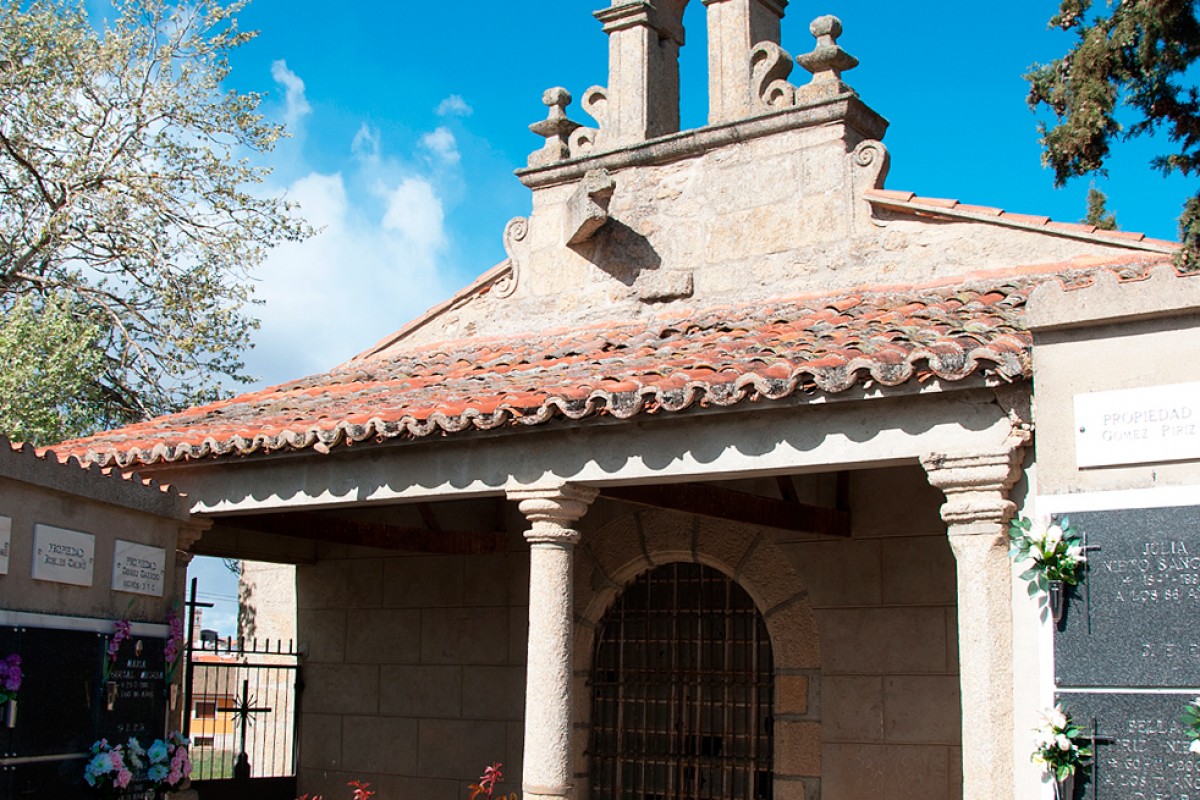
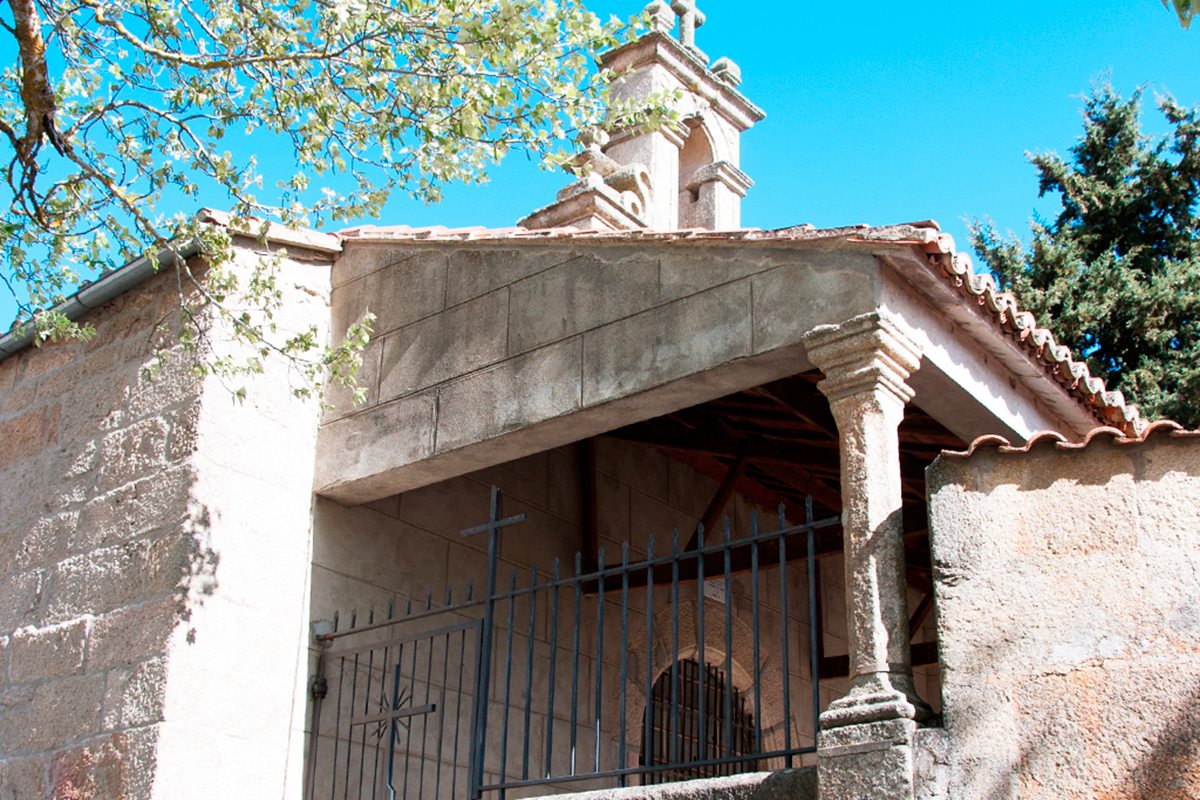
Church of Saint Columba
It is located in the upper part of the town, built in the 12th century in Romanesque style with a small bell gable. Inside is the 11th-century Cristo del Humilladero.
Church of Our Lady of the Assumption
Romanesque church dating from the 12th and 13th centuries, of which the south wall and the doorways remain. It has a Latin cross plan with a single nave and a five-section bell tower. Inside, it houses the sculpture of the Assumption and the crucifix of agony, as well as an articulated recumbent Christ and an organ. It is a Historic-Artistic Monument.
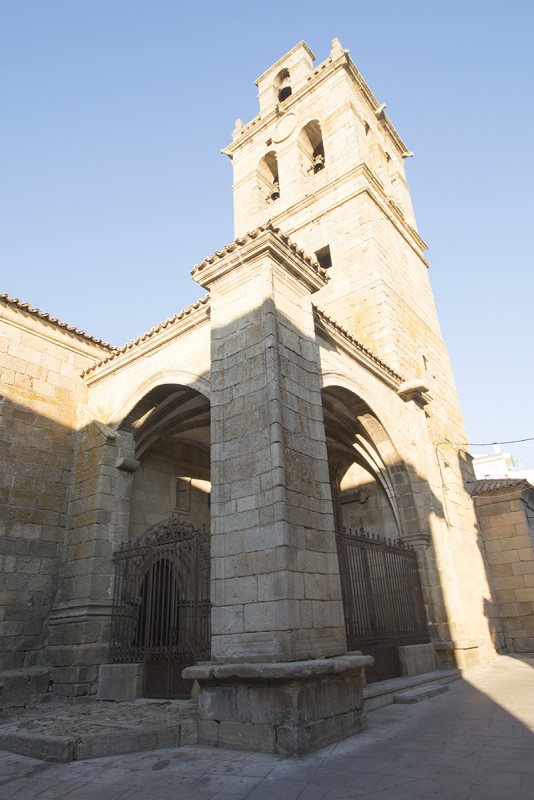
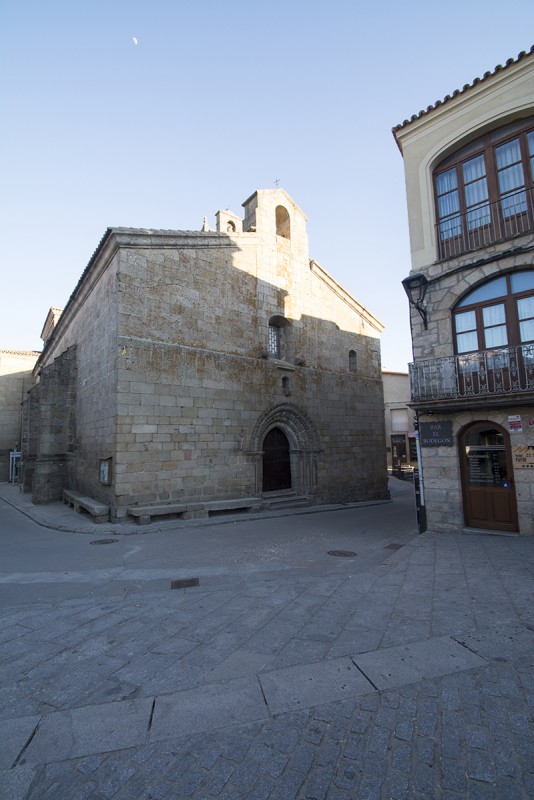

Convent of Saint Francis
Convent built on top of a 12th-century Romanesque chapel, whose original walls, corbels and mullioned window can still be seen. It has a single cruciform nave to which the convent was added in a U-shape with a cloister in the centre. Inside, we can see the Christ of Santa Colomba.
For several years now, it has housed the Arribes del Duero Park Centre, where visitors can learn about the history and interesting facts about the Arribes.
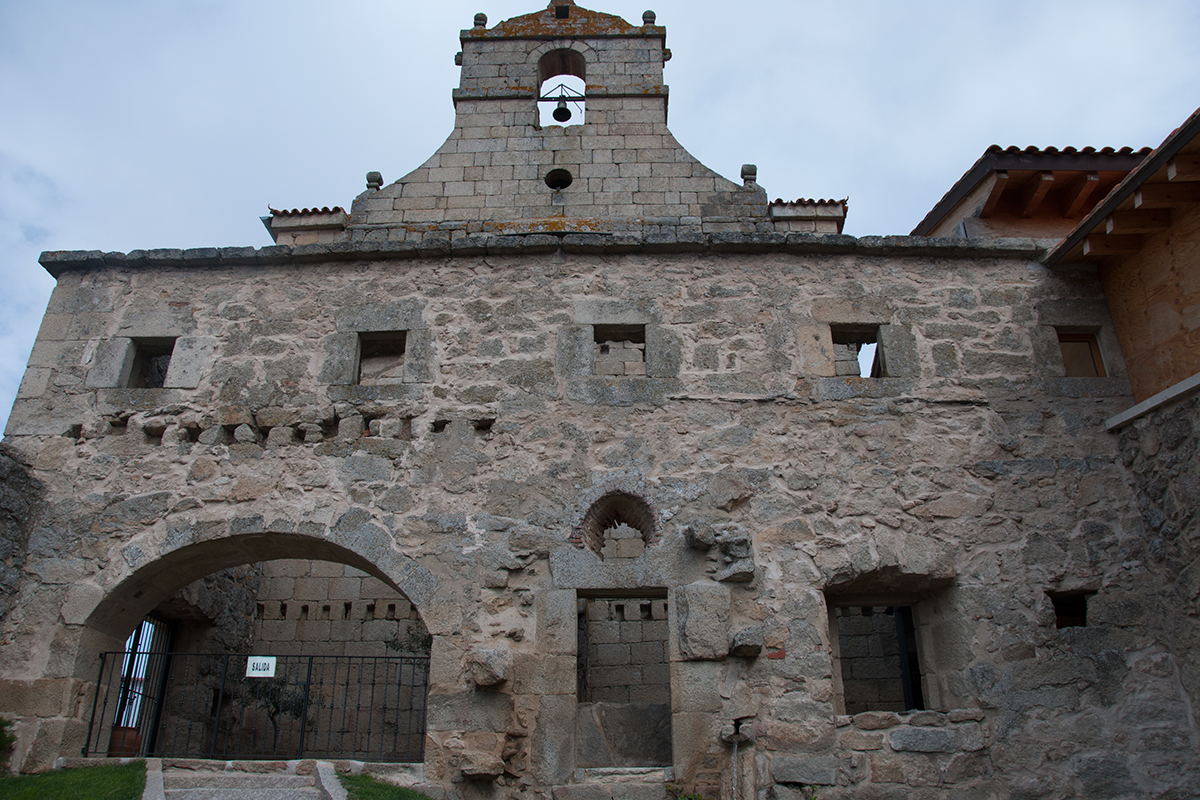
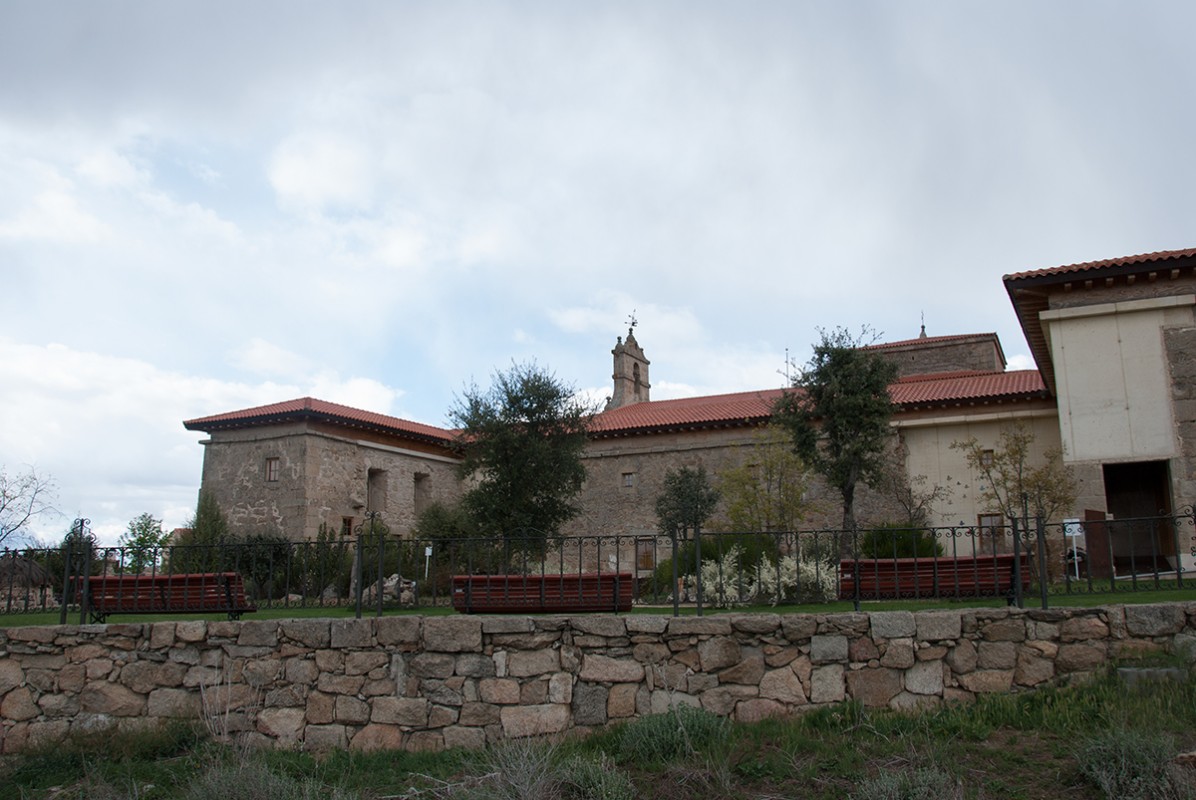

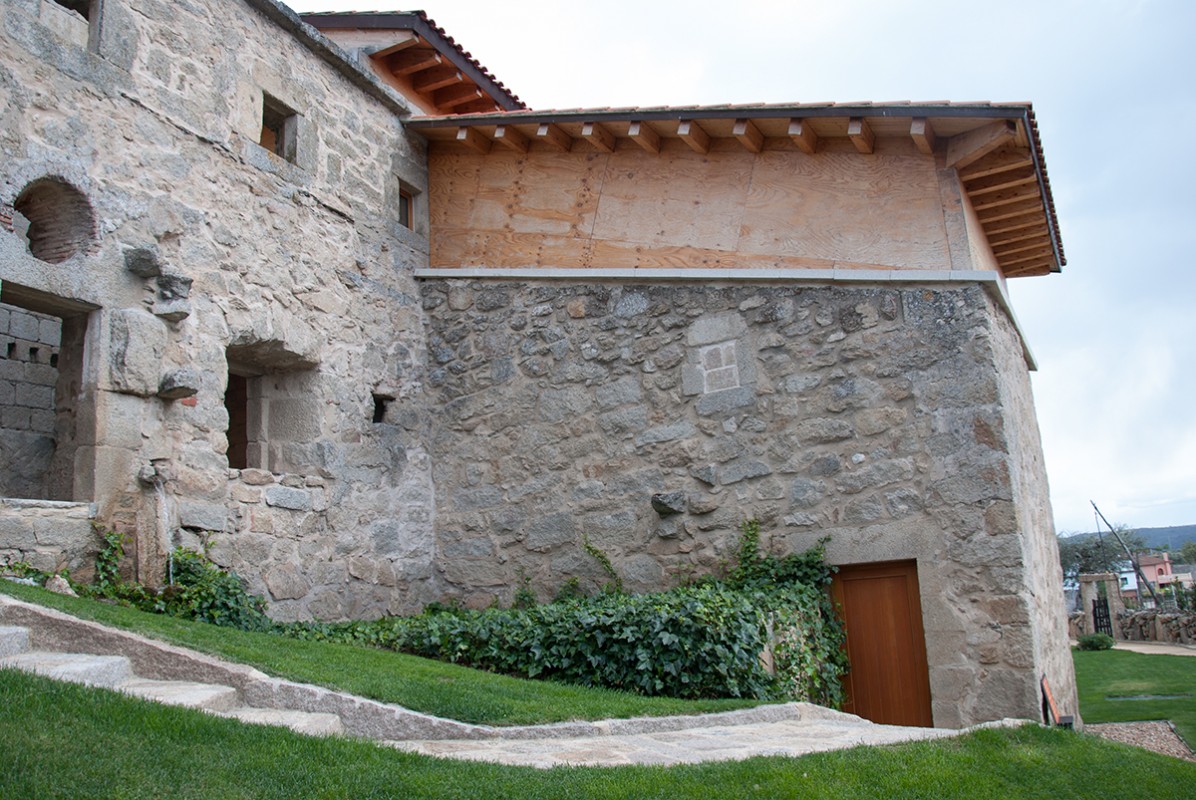
Chapel of Santo Cristo del Pino (Santa Cruz)
A simple chapel in the Visigothic and Mozarabic styles, where the Pentecost Monday pilgrimage is held in truly beautiful surroundings. It is the closest chapel to the Portuguese border and is located in the most beautiful setting, surrounded by vineyards and olive trees. It offers spectacular views of the Arribes. It can be reached on foot as it is very close to Fermoselle.


Chapel of Our Lady of Mercy (San Albin)
A 10th-century Romanesque church whose name is believed to come from a converted Moor who was martyred. A pilgrimage is held there on Easter Tuesday.


Requejo Street
One of the most important and longest streets in Fermoselle, connecting the Hermitage of San Albín with the Plaza Mayor and the Church of Nuestra Señora de la Asunción. Here you can see several underground wine cellars, the arch of a gate in the town walls, the Casa de Cultura (Culture Centre), a cross from the Stations of the Cross and several pieces of rock on which the town is built.
La Nogal Street
Located in the Palombreras neighbourhood, it leads to the Plaza Vieja via a huge slope, wide and with steps on one side and narrow on the other. There are several underground cellars and at its entrance there is a semicircular arch, the foundation of the surrounding houses.
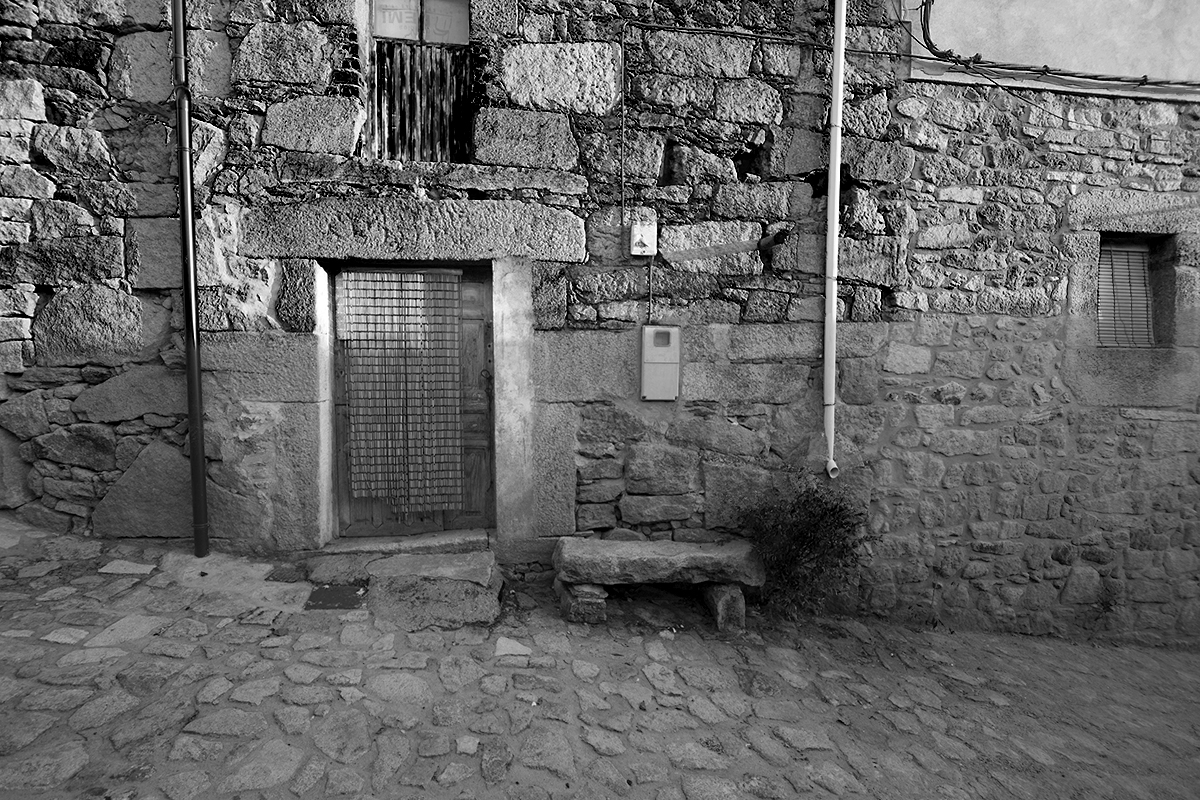
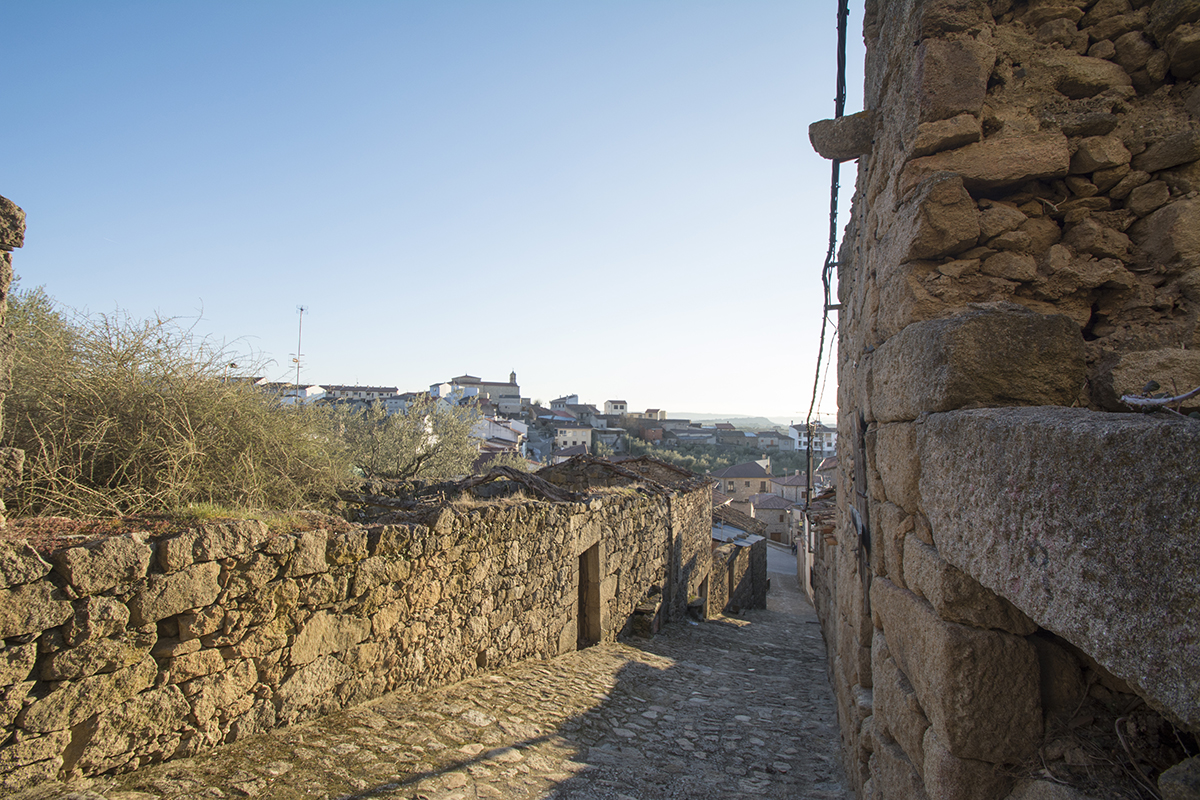
Guapo Lane or Seco Hill
The junction of Calle Amargura leading to Plaza de la Iglesia is a small, narrow, steep cobbled street lined with stone houses on both sides.
Main Square
Located at the foot of the old castle, it has an irregular layout, is completely paved and surrounded by low buildings with arcades and covered walkways. Here we can visit the Church of Nuestra Señora de la Asunción, the Town Hall and the Casa de los Arcos, home to the tourist office.
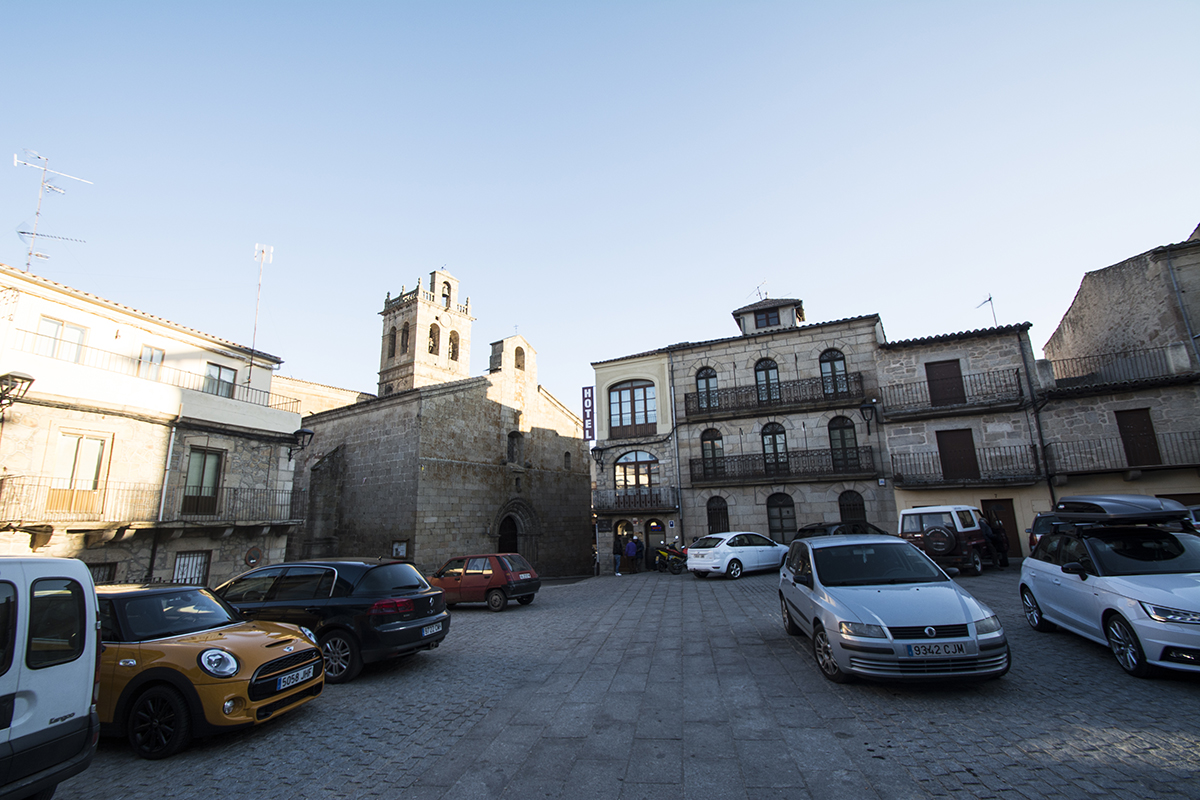
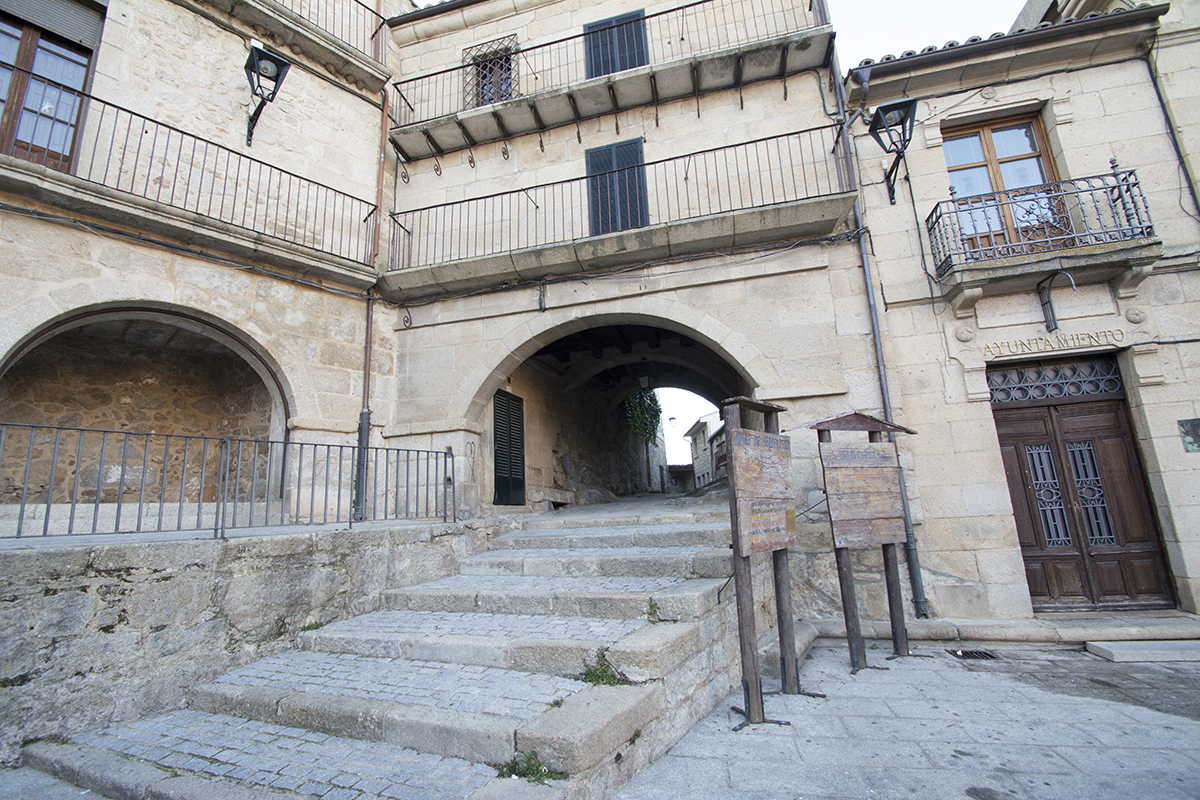
Underground wine cellars
Scattered throughout the town, they have been carved out of the rock to form an underground labyrinth. They are connected to each other and practically every house has one, with over 1,000 cellars in total.
Walls
Unfortunately, only the pointed arch on Calle Requejo, which was the entrance to the town in ancient times, remains. It is located under the oldest house in Fermoselle.
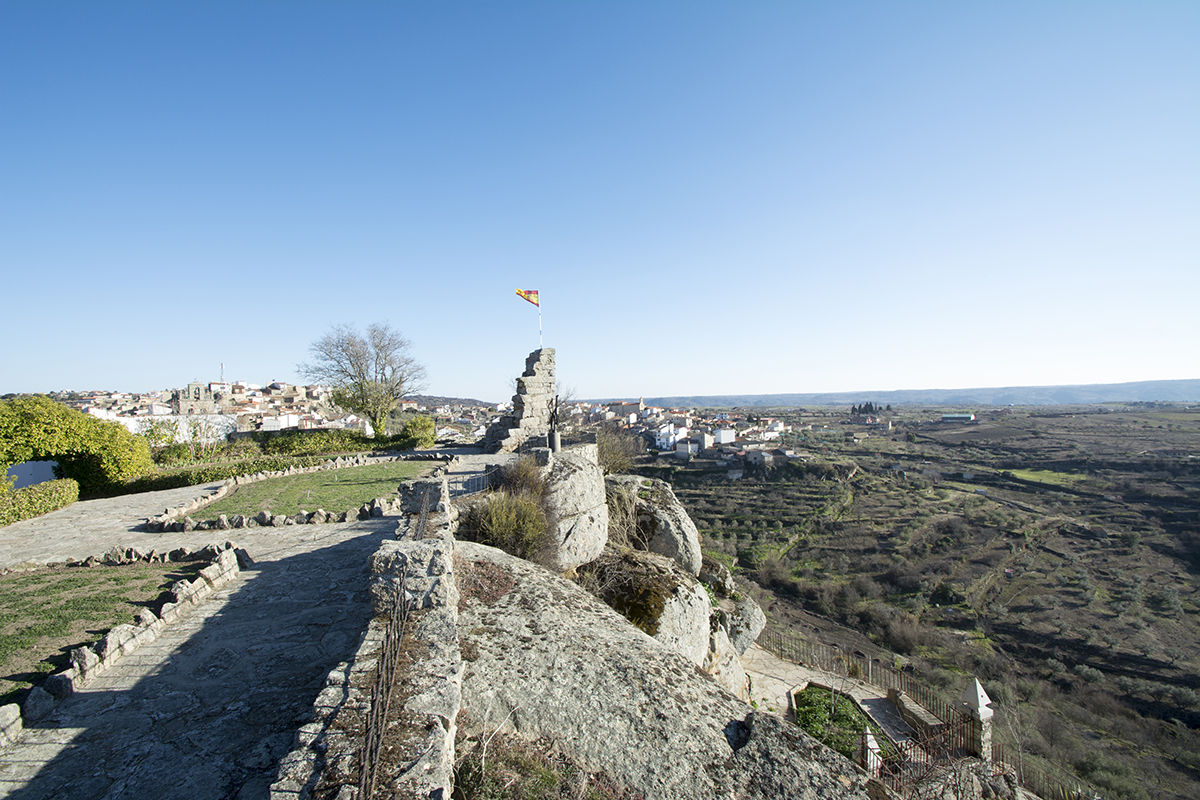
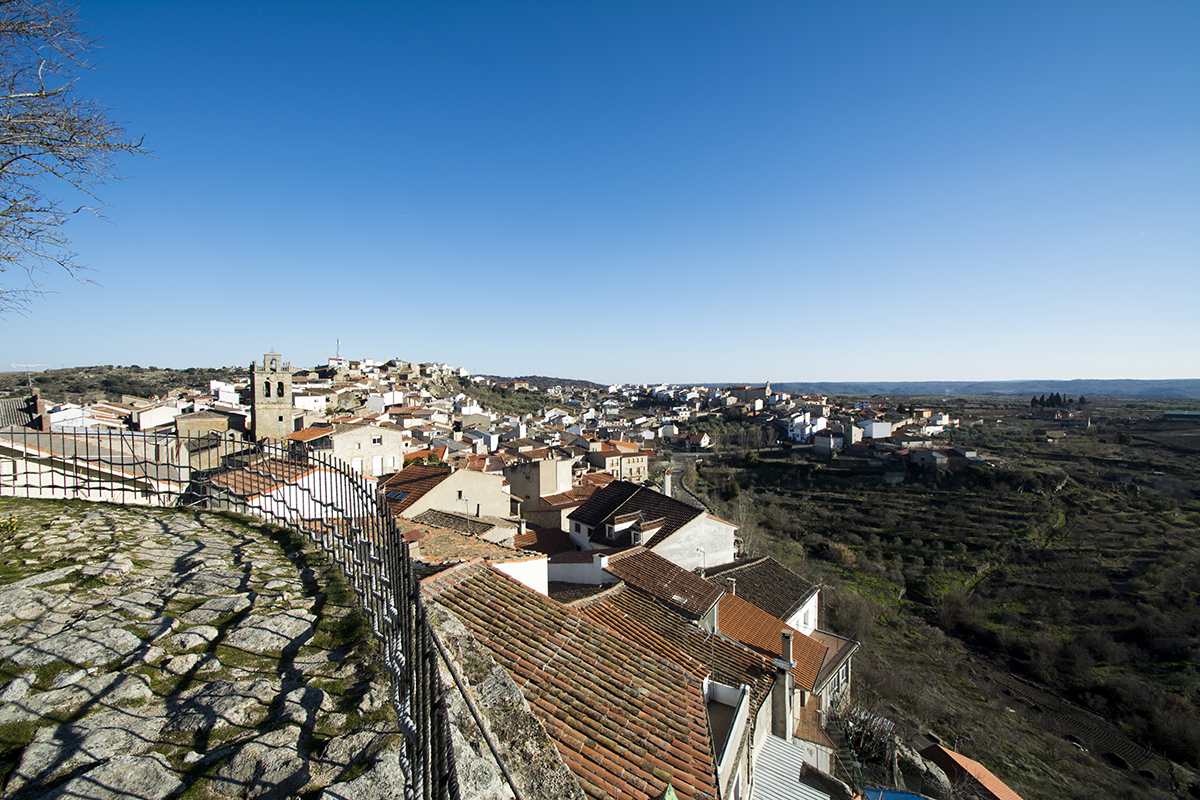
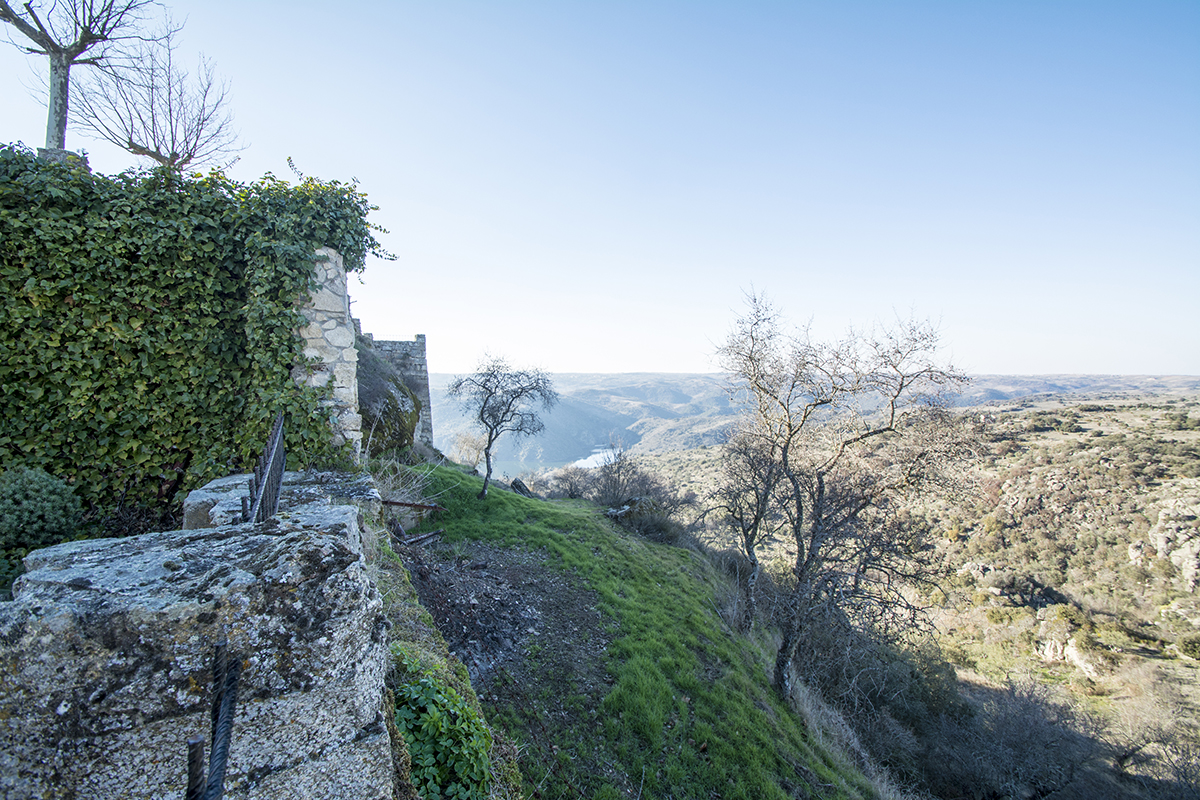
Mergubez Well
Se encuentra en la esquina de la calle Tenerías con Paseo La Ronda subiendo hacia el casco histórico. Se trata del pozo del castillo de Fermoselle cuyas aguas provienen de un pequeño manantial. Data del XII.
Town hall
Beautiful two-storey building with semicircular arched balconies with wrought iron balustrades, a tower with a clock and the town's coat of arms, and a beautiful bell tower.
